🕉️ Introduction: A Divine Drama of Devotion
In the sacred city of Puri, the Jagannath Temple becomes a cosmic stage during the Kartik month, where rituals unfold as stories of divine love and spiritual surrender. Among these, the Rai Damodar Besa, also known as Radha Damodar Besa, stands out—not just for its visual splendor but for its emotional and metaphysical depth.
This besha is deeply rooted in a local Odia legend, where Mahaprabhu Jagannath, Goddess Lakshmi, and a devout girl named Rai, daughter of the temple's chief priest, enact a tale of divine grace and spiritual harmony.
Key Insight: Rai Damodar Besa represents a unique spiritual parallel between Rai and Radha, embodying the eternal essence of Radha Tatwa without implying reincarnation or identity.
📖 The Legend of Rai: Devotion Beyond Boundaries
🌸 Rai's Wish and Mahaprabhu's Boon
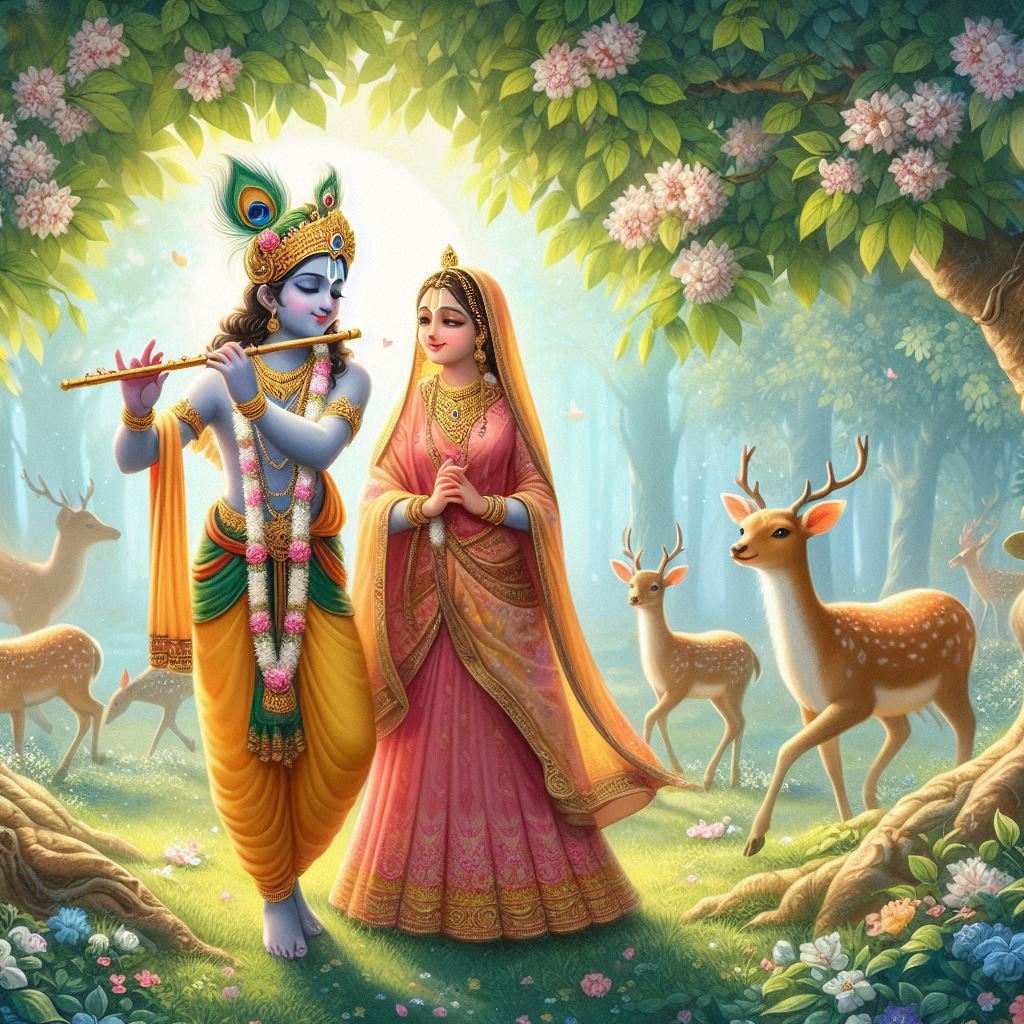
Once, Mahaprabhu Jagannath was pleased with the devotion of the temple's chief priest and offered him a boon. The priest requested that his daughter Rai be married to the Lord. Mahaprabhu accepted, and Rai became his divine consort.
After the celestial union, Rai expressed a heartfelt desire—to spend time with her husband during the sacred Kartik month. Mahaprabhu cautioned her that Goddess Lakshmi, his eternal consort, might not approve. He advised Rai to seek Lakshmi's permission first.
🙏 Lakshmi's Boon with a Condition

Rai, with pure and unwavering devotion, worshipped Goddess Lakshmi, who was moved by her sincerity. Pleased, Lakshmi granted Rai a boon: she could sit beside Mahaprabhu and receive puja during Kartik. However, Lakshmi added a condition—Rai must dedicate the last five days of Kartik month to her, honoring her place as the Lord's eternal consort.
This divine agreement marked a spiritual balance between love and tradition, devotion and dharma.
🎲 The Divine Leela: Jagannath, Lakshmi, and Rai
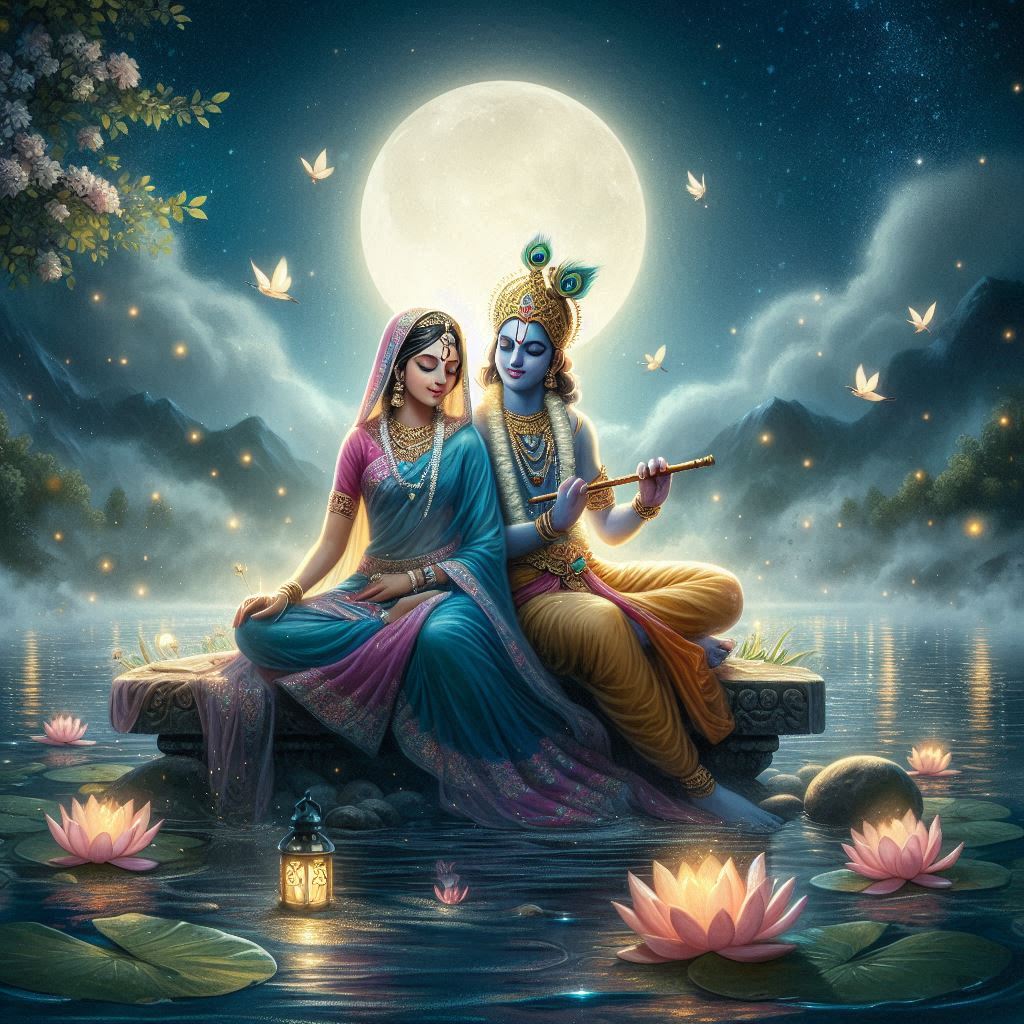
During Kartik, Mahaprabhu spends time with both Lakshmi and Rai, engaging in playful dice games (dyuta)—a symbolic leela that reflects divine harmony and the acceptance of pure devotion. This unique besha is celebrated as Rai Damodar Besa, where Jagannath appears in his Damodar Krishna form, flanked by Lakshmi and Rai.
🌼 Rai and Radha: A Spiritual Parallel
Though Rai is a historical figure from Kaliyug, her devotion, purity, and divine love evoke the eternal essence of Radha Tatwa from Dwapar Yug. In spiritual understanding, Rai resembles Radha—not as a reincarnation, but as a manifestation of the same divine feminine energy that embodies selfless love and surrender.
"Just as Radha's love for Krishna transcended worldly norms, Rai's devotion moved both Mahaprabhu and Lakshmi, earning her a place beside the divine. This parallel deepens the spiritual significance of Radha Damodar Besa, where Rai's presence reflects the timeless truth of divine love beyond eras."- Temple Tradition
👑 Rituals and Symbolism of Rai Damodar Besa
✨ Besha Highlights
- Golden Ornaments: Nalibhuja, Kundala, Tilaka, and necklaces
- Flute and Peacock Feather: Symbols of Krishna's playful youth
- Sacred Herbs: Tulasi, Marua, and Dayana leaves
- Chula and Chandrika: Bamboo and cloth headpieces representing Krishna's charm
🕯️ Daily Rituals During Kartik
- Mangala Alati: Early morning lamp offerings
- Abakasha & Mailam: Symbolic bathing and fresh attire
- Gopal Ballav Bhoga: Morning offerings of sweets and fruits
- Sakala Dhupa & Bhoga Mandap: Midday meals and public offerings
- Ratri Pahuda: Nighttime rituals before rest
📅 Kartik Purnima and Thia Kiya Besha
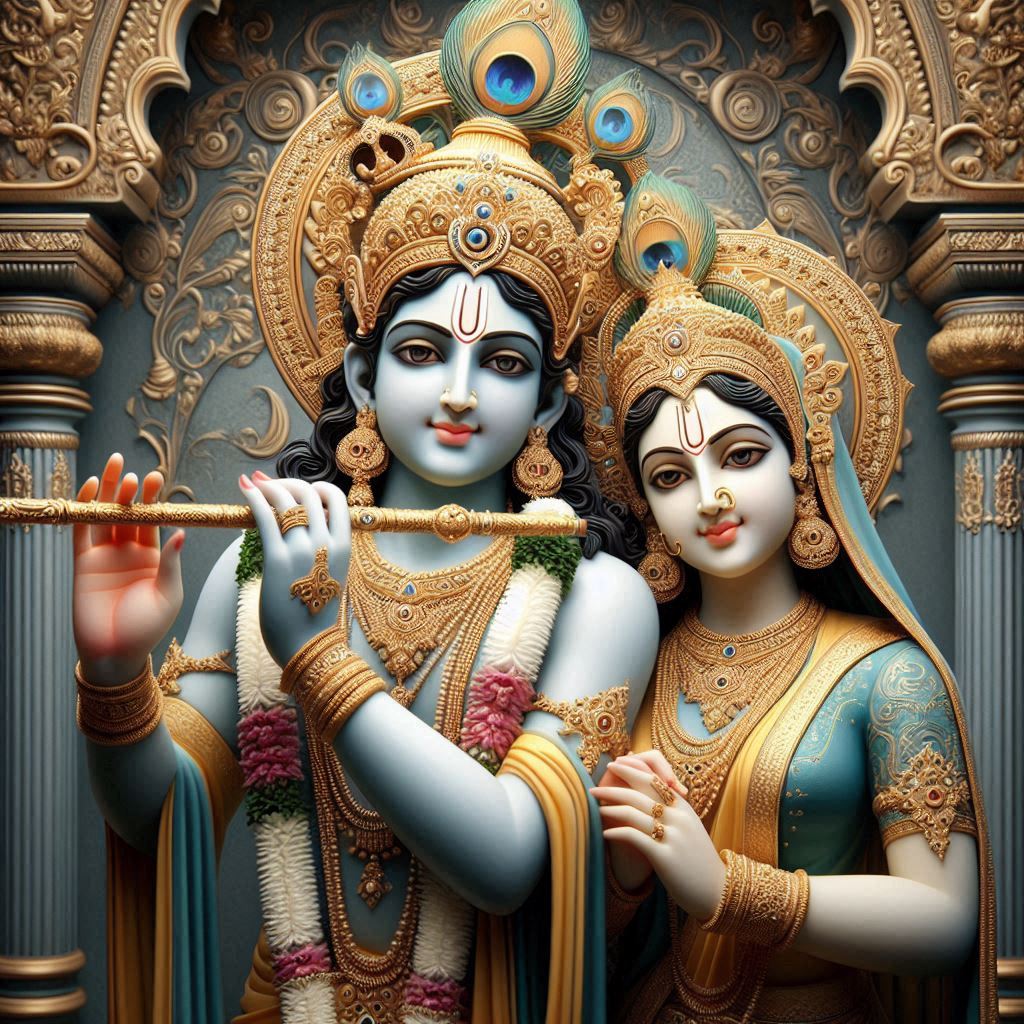
The Rai Damodar Besa culminates on Kartik Purnima, the most auspicious day of the month. On this day, the Trinity—Jagannath, Balabhadra, and Subhadra—are adorned in the Thia Kiya (Thiakia) Besha, a one-day celebration that marks Lakshmi's return as the rightful wife of Lord Jagannath.
This besha is a visual and spiritual affirmation of Lakshmi's grace, Rai's devotion, and Mahaprabhu's divine balance between love and dharma.
💖 Spiritual Significance: More Than a Ritual
Key Spiritual Lessons:
- Acceptance of Pure Devotion: Lakshmi's acceptance of Rai reflects the divine recognition of selfless love, akin to Radha's devotion
- Harmony in Relationships: The besha symbolizes balance between love, duty, and grace
- Empowerment of Bhakti: Rai's story shows that true devotion transcends hierarchy, earning divine favor even from the eternal consort
📍 How to Experience Rai Damodar Besa
- Visit Puri during Kartik, especially on Kartik Purnima
- Witness the dice game rituals, symbolic of divine play
- Participate in Tulasi puja, lamp offerings, and chanting of Damodar Ashtakam
- Follow temple updates via SJTA for darshan schedules
🧘♀️ Observing from Home
Can't travel to Puri? You can still connect spiritually:
- Light a ghee lamp daily during Kartik
- Offer Tulasi leaves and sweets to Krishna
- Meditate on the Leela of Rai, Lakshmi, and Mahaprabhu
- Share the story with family to keep the tradition alive
📢 Final Thoughts
The Rai Damodar Besa, also known as Radha Damodar Besa, is not just a temple ritual—it's a living legend that celebrates divine love, feminine devotion, and spiritual equality. It reminds us that pure bhakti, like Rai's, can move even the gods and earn a place beside the divine.
Whether you're a pilgrim in Puri or a devotee at home, this Kartik month offers a chance to immerse yourself in the eternal romance of Jagannath, Lakshmi, and Rai—a story that continues to inspire hearts across generations.
"The true beauty of Rai Damodar Besa lies not in its ornate decorations, but in its profound message: that devotion knows no boundaries, and divine love transcends all conventions."- Spiritual Teaching

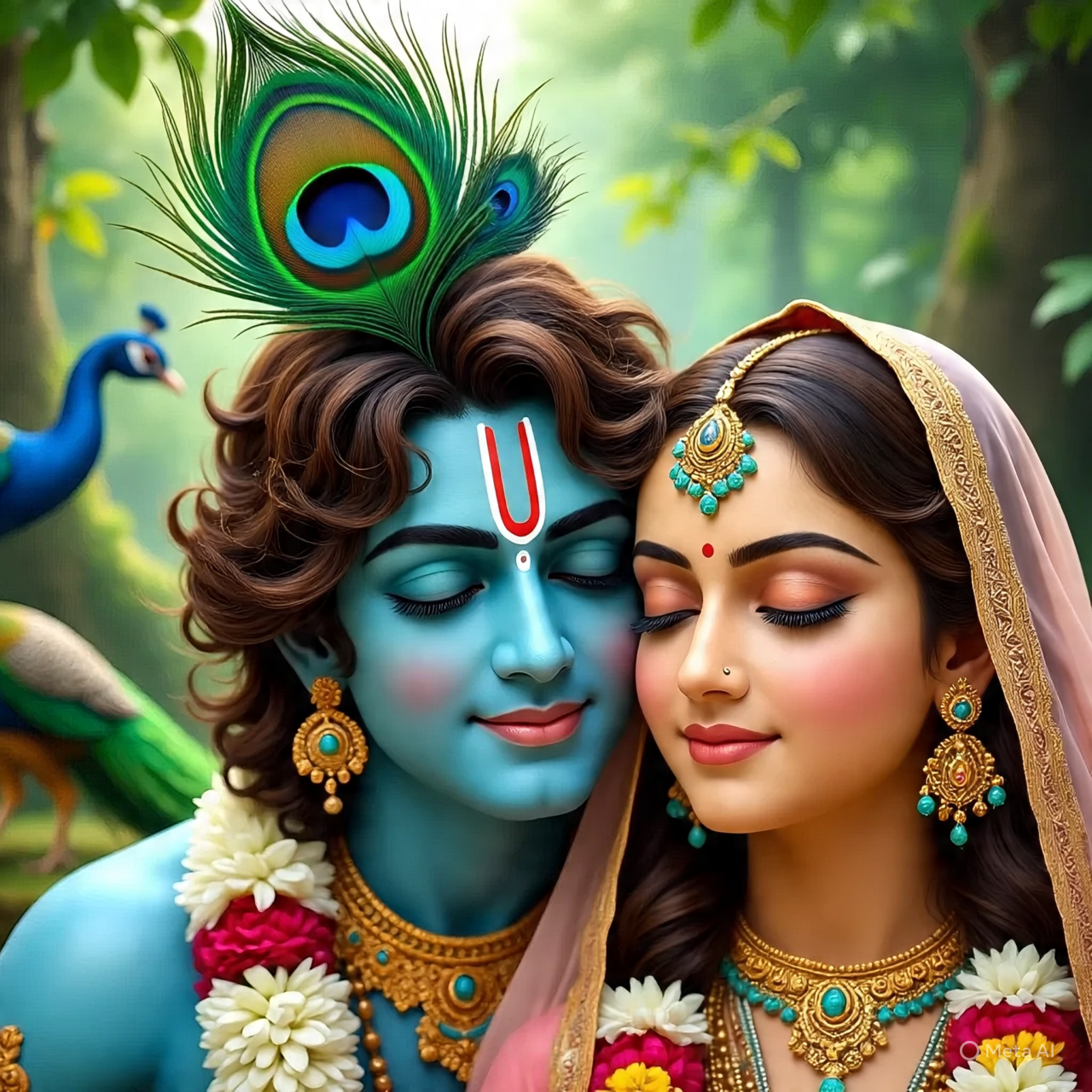
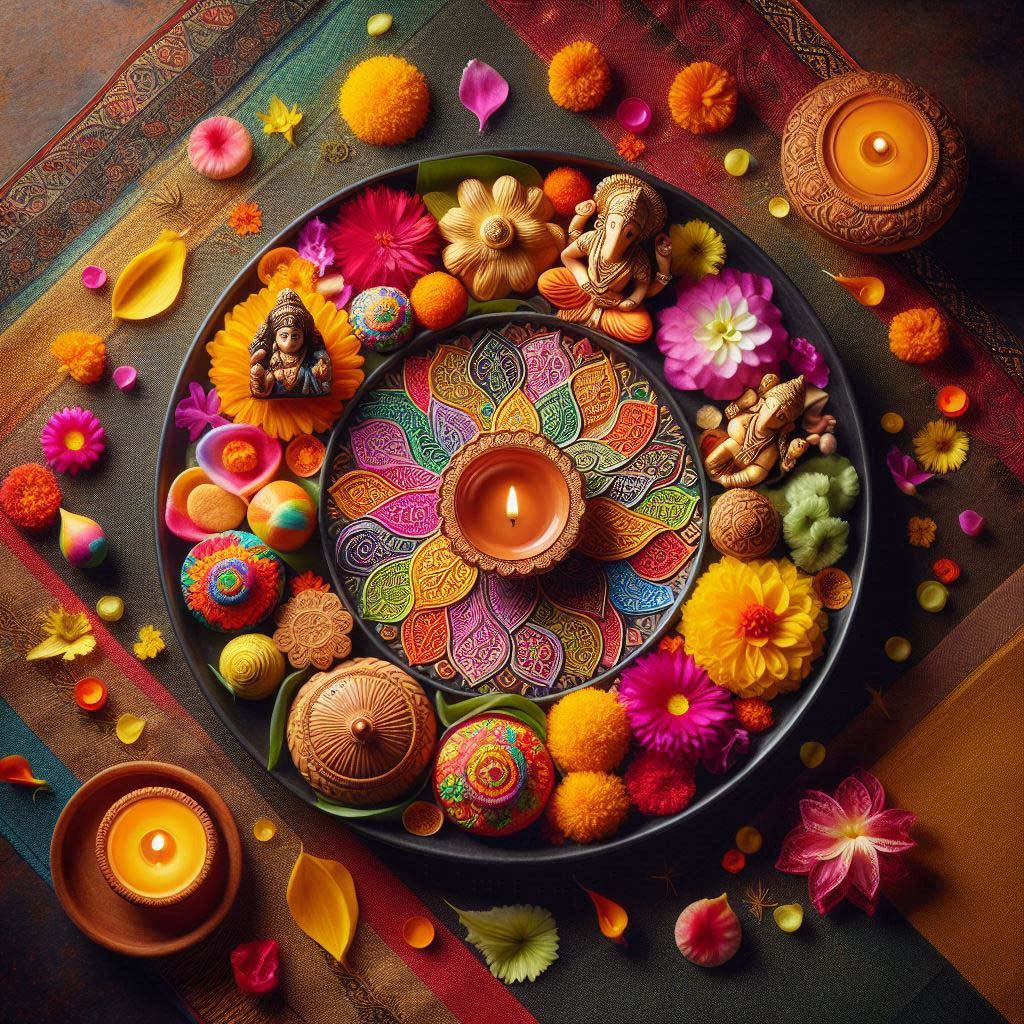
Share Your Thoughts on Rai Damodar Besa
Join our discussion forum to share your experiences and insights about this beautiful tradition.